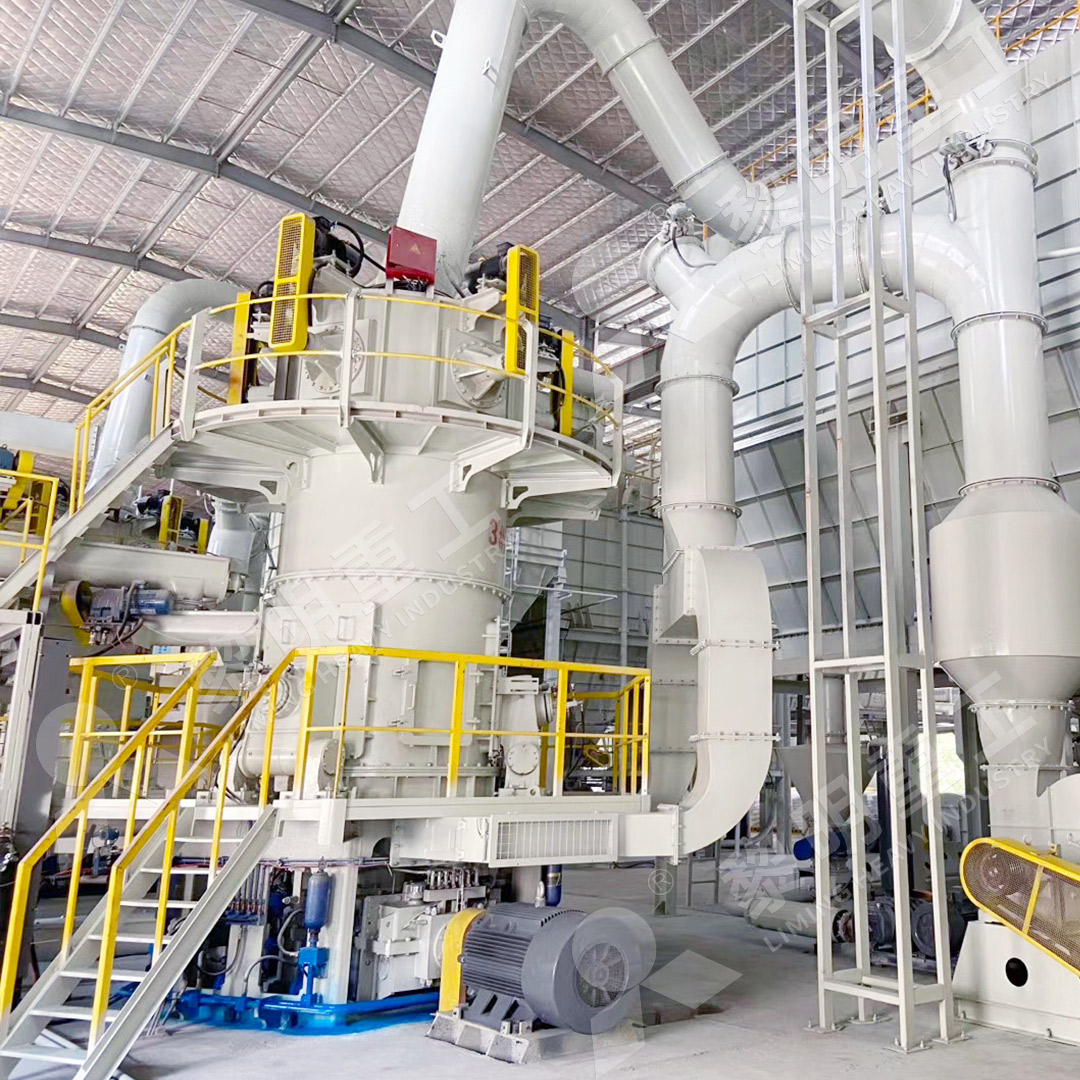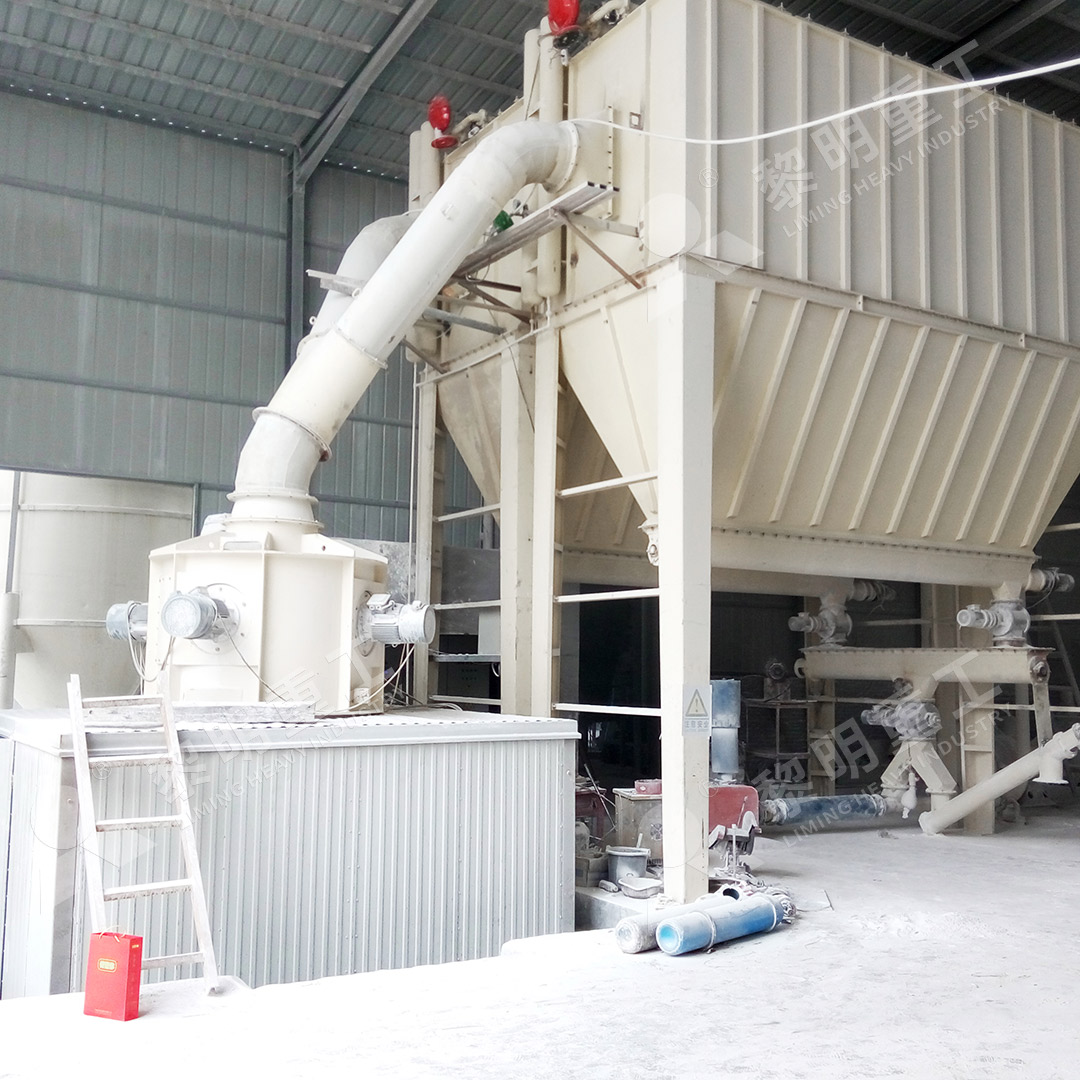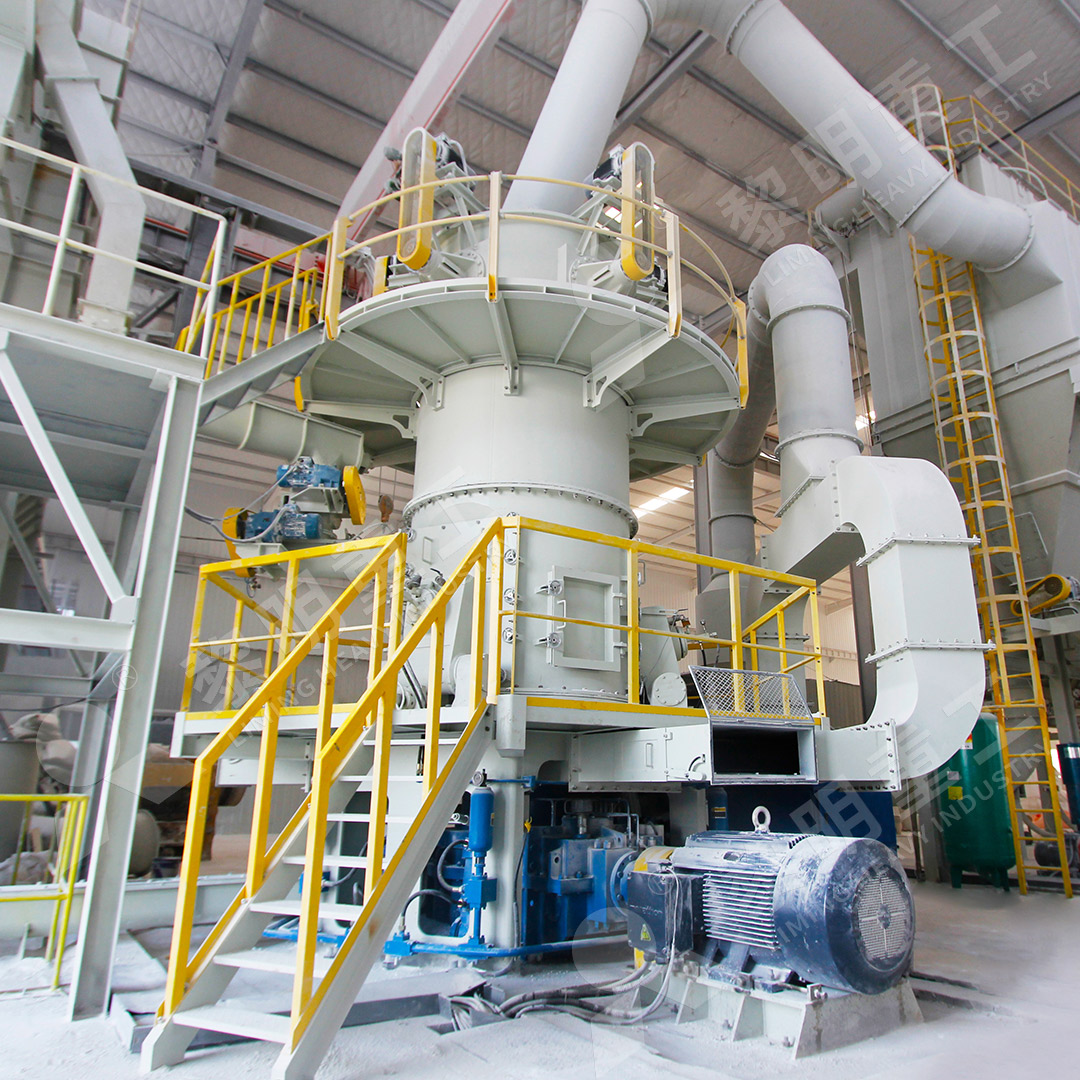Vertical Roller Mill for Grinding Minerals in Ningxia
Unlocking Mineral Potential in Ningxia with Advanced Grinding Technology
The Ningxia region, rich in non-metallic mineral resources like limestone, calcite, and barite, demands efficient and reliable grinding solutions to support its growing industrial sector. Vertical roller mills (VRMs) have emerged as a cornerstone technology for processing these materials, offering superior energy efficiency, compact design, and environmental benefits compared to traditional ball mills. Their ability to integrate crushing, drying, grinding, and classifying into a single system makes them ideal for modern mineral processing plants aiming to optimize operational costs and footprint.

In applications ranging from construction materials to chemical additives, the consistent fineness and low iron contamination achieved by VRMs are critical. For instance, producing high-purity talc or gypsum powder requires precise control over particle size distribution and minimal mechanical wear—a challenge that VRMs address through advanced grinding roller and ring designs. Moreover, the negative pressure operation and integrated dust collection systems ensure compliance with stringent environmental regulations, a key consideration for sustainable development in Ningxia.
Tailored Solutions for Diverse Mineral Processing Needs
When selecting a grinding mill, factors such as input size, capacity, and desired fineness must align with the specific mineral characteristics. For ultra-fine powder production (e.g., 325–2500 meshes), the MW Ultrafine Grinding Mill stands out with its innovative cage-type powder selector and energy-saving design. Capable of handling inputs up to 20 mm and outputs of 0.5–25 tph, this mill eliminates rolling bearings in the grinding chamber, reducing maintenance risks and enabling 24/7 operation. Its pulse dust collector and muffler further enhance eco-friendliness, making it a top choice for processing materials like dolomite or petroleum coal in Ningxia’s chemical and cosmetics industries.

For operations prioritizing high yield and ease of maintenance, the LUM Ultrafine Vertical Grinding Mill offers exceptional versatility. With an input size of 0–10 mm and capacity of 5–18 tph, it incorporates German powder separating technology and a reversible structure for quick roller access. This mill excels in producing superfine dry powders from marble or barite, leveraging multi-head powder separators to cut energy consumption by 30–50%. Its double position-limiting technology ensures stability even under volatile conditions, safeguarding continuous production in demanding environments.
Driving Sustainability and Efficiency Forward
The adoption of VRMs in Ningxia not only boosts productivity but also supports regional environmental goals. By reducing energy use by up to 40% and minimizing dust emissions, these mills align with China’s push for greener industrial practices. Digitalized processing and automated controls further enhance precision, allowing operators to remotely adjust parameters like grinding pressure and fineness. As local industries expand, investing in robust grinding technology becomes pivotal for long-term competitiveness.

Frequently Asked Questions (FAQ)
What is the typical fineness range achievable with vertical roller mills?
Depending on the model, VRMs can produce powders ranging from 325 to 2500 meshes. The MW Ultrafine Grinding Mill, for example, allows adjustable fineness within this spectrum, ensuring suitability for applications like paint or food additives.
How do VRMs compare to ball mills in terms of energy consumption?
VRMs consume 30–50% less energy than ball mills due to their efficient grinding mechanics and integrated systems. The LUM Ultrafine Vertical Grinding Mill, for instance, reduces energy use through advanced separator technology.
Can these mills handle moist or abrasive materials?
Yes, many VRMs feature drying capabilities and wear-resistant components. The LM Vertical Grinding Mill processes materials with up to 10% humidity and uses alloy rollers to extend service life.
What maintenance support is available for these machines?
Manufacturers like LIMING provide original spare parts and technical services to ensure worry-free operation. Designs such as the reversible structure in LUM mills simplify routine checks and part replacements.
